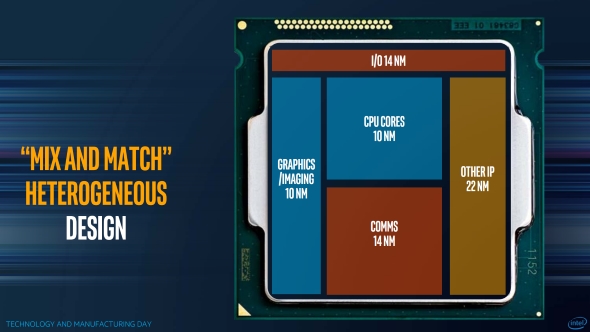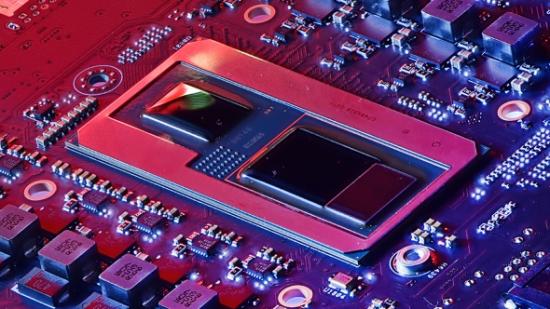File this one in the ‘guy tweets a thing’ category of rumours, but the normally reliable analyst, Ashraf Eassa, has been talking about Intel’s upcoming Arctic Sound GPU becoming a genuine gaming-focused graphics card.
Check out our pick of the best graphics cards you can buy right now.
He first started talking about the next-generation Intel graphics technology back in January after CES, stating that Arctic Sound and Jupiter Sound would be the codenames for their Gen 12 and Gen 13 GPUs. Then he was suggesting the Arctic Sound GPU would be attached to a CPU component via a similar EMIB design to the one used for the Intel Kaby Lake G chips.
Now he seems to be suggesting that, as well as being linked to an Intel processor it will also exist as a standalone discrete graphics card. Not only that, but Eassa is also suggesting that, because of the arrival of Raja Koduri to head up Intel’s Core and Visual Computing Group, they’re going to be creating a version of Arctic Sound which is specifically configured and designed for gaming.
Bonus: Apparently @Rajaontheedge is redefining Arctic Sound (first Intel dGPU), was originally targeted for video streaming apps in data center, but now being split into two: the video streaming stuff and gaming. Apparently wants to “enter the market with a bang.”
— Ashraf Eassa (@TMFChipFool) April 6, 2018
Before Koduri came on the scene it looks like the plan for Arctic Sound was for it to purely be a discrete GPU designed to cope with the rigours of video streaming, but now it seems Intel are more willing to go toe-to-toe-to-toe with AMD and Nvidia on the gaming graphics card front.

Eassa goes on to state that he sees the discrete Arctic Sound GPU being a multi chip package, an MCP design, which could have two or four dies depending on its configuration. That’s similar to what we’re thinking Team Radeon may do with the AMD Navi GPU architecture to give it some extra performance, and could be what makes the Intel chip competitive.
That’s a lot of shoulds and coulds, and it’s sure to be a rocky road between here and Intel actually producing a genuinely competitive gaming-focused graphics card. But with Raja at the helm it looks like Intel are aiming at the places that matter. To us, anyways.
